It’s that time of year. Every legitimate news outlet airs or publishes its “Top Stories of the Year” piece. Since I’ve yet to see a good one for healthcare IT, I thought that this would be the time to start a new tradition here at HIStalk. So without further ado, I bring you the six most compelling news events as related to our industry in 2012.
US Doctors Accept Payments to Use Electronic Records
In one of the top stories this year, a widespread bribery scandal continues to unfold. It is now evident that millions of dollars have been slipped into the pockets of soiled white coats, outdated sport jackets, and questionably needed scrubs throughout the nation.
Investigators confirm that these payments were made to a group calling themselves the “Eligible Providers,” apparently putting the lives of patients lives at risk by coercing doctors to use computers in their practices.
One of the ringleaders in the bribery scandal, Farzad “The Enforcer” Mostashari, was heard in a federal wiretap saying, “Yeah, this year they should accept our generous offer, if not they will be payin’ us… big time. After that, we start breakin’ kneecaps.”
Justice Department officials have estimated that upwards of 45 percent of US physicians have heroically rejected this extortion, but fear that those numbers may be dwindling.
Meaningful Use
In a shocking blow to physician autonomy, new draconian regulations threaten to bring an otherwise efficient healthcare system to its knees. One of the more controversial requirements includes forcing doctors to record rarely-used data such as patient vital signs, allergies, and medications. An unnamed spokesperson for the AMA is quoted as saying, “This kind of needless oversight is unconscionable. What’s next? Making us keep a list of current medical problems?“
Jack Meihoff, chairman of the Center to Promote Continued Medical Errors, says the legislation is illegal. He adds, “If the Founding Fathers intended doctors to e-prescribe, then why did they sign the Constitution with a feather pen?”
It appears that the new rules don’t stop here. Rumors are spreading in Washington that new legislation might require providers to care for patients with chronic diseases using well-established guidelines.
ICD-10 Delayed
ICD-10 was endorsed by the Forty-Third World Health Assembly in May 1990 and came into use in WHO Member States in 1994. It is therefore not surprising that implementation has been further postponed to 2014.
Using an odd analogy, Ben Dover, spokesman for the Central Association of Hospital Organizations Not Enough Standards (CAHONES), says, “After 22 years, it’s kinda like a 400-pound guy losing 30 pounds after getting a lap band. Who’s gonna notice?”
Elected Officials Agree — US Healthcare is Expensive, But You Get What You Pay For
The election year was marked by misstatements, exaggerations, and outright lies on both sides. But here’s one thing that Republicans and Democrats have no disagreement about. Our growing fiscal crises need not be concerned with healthcare because our system has its priorities in order.
For instance, amongst OECD member countries, the US again ranks among the worst for strokes, heart attacks and infant mortality. But this year, it’s #1 in the number of MRI machines.
Black Friday Shopping Frenzy Leaves Dozens Dead
After sleeping out all night in the frigid Wisconsin air, hundreds of frenzied CIOs rushed the doors at the Madison EpicMart after Thanksgiving, hoping to be lucky enough land a new EHR this holiday season. Several people were trampled to death.
“I don’t understand it,” said one shaken onlooker. “You can buy a system for millions of dollars cheaper. Why are these people doing this? I’m just trying to score a good deal on a flat screen.”
Meanwhile, Costco owners express satisfaction with the “steady but well-behaved shoppers” in the eClinicalWorks aisle.
ACOs Top CEO Wish Lists
A nationwide poll of top hospital executives shows ACOs edging out The Amazing Motorized Web Shooting Spider-Man Figure and the LEGO Hobbit Game as this season’s most sought-after gift. Retailers are bracing for heavy demand in the coming year as well. “We can’t seem to keep these ACOs on the shelf,” says one distributor.
More concerning is that most new owners don’t realize the potential havoc their new purchase might cause once they get it home. A seasoned seller warns, “Don’t get any water on it, and never, never ever feed it after midnight.”
Industry insiders were stunned at the remarkable interest in ACOs. Many predicted that Big Data and the Furby would be the top sellers this year.
Seriously, I wish each and every one of you a very happy, peaceful, and most importantly healthy New Year.

Joel Diamond, MD is chief medical officer at dbMotion, adjunct associate professor at the Department of Biomedical Informatics at the University of Pittsburgh, and a practicing physician at UPMC and of the Handelsman Family Practice in Pittsburgh, PA.

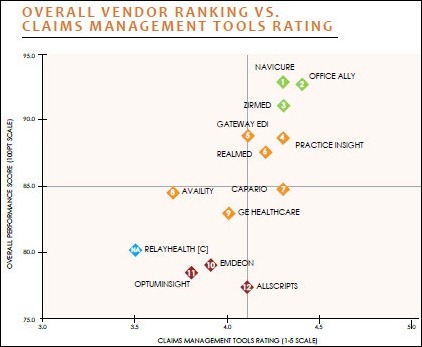


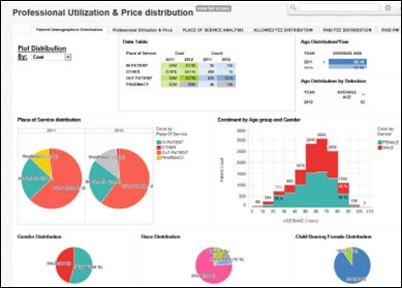
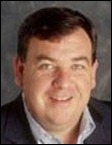


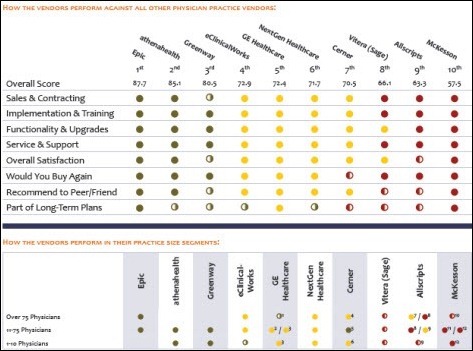
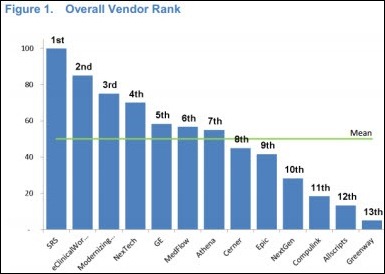
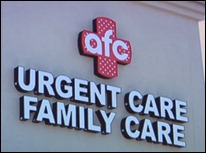
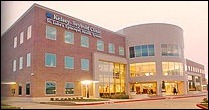
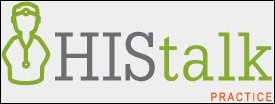


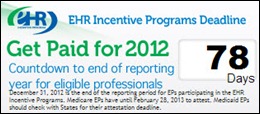
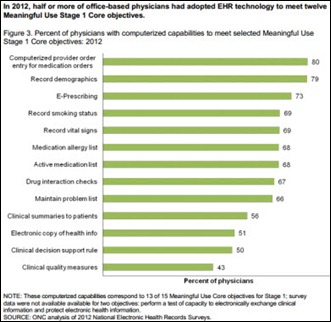
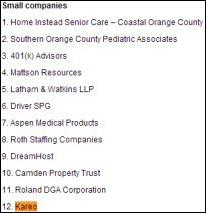
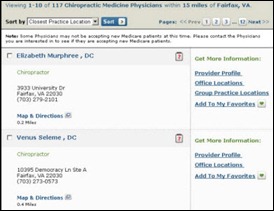
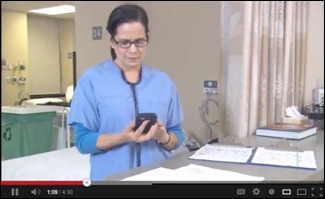

The article about Pediatric Associates in CA has a nugget with a potentially outsized impact: the implication that VFC vaccines…